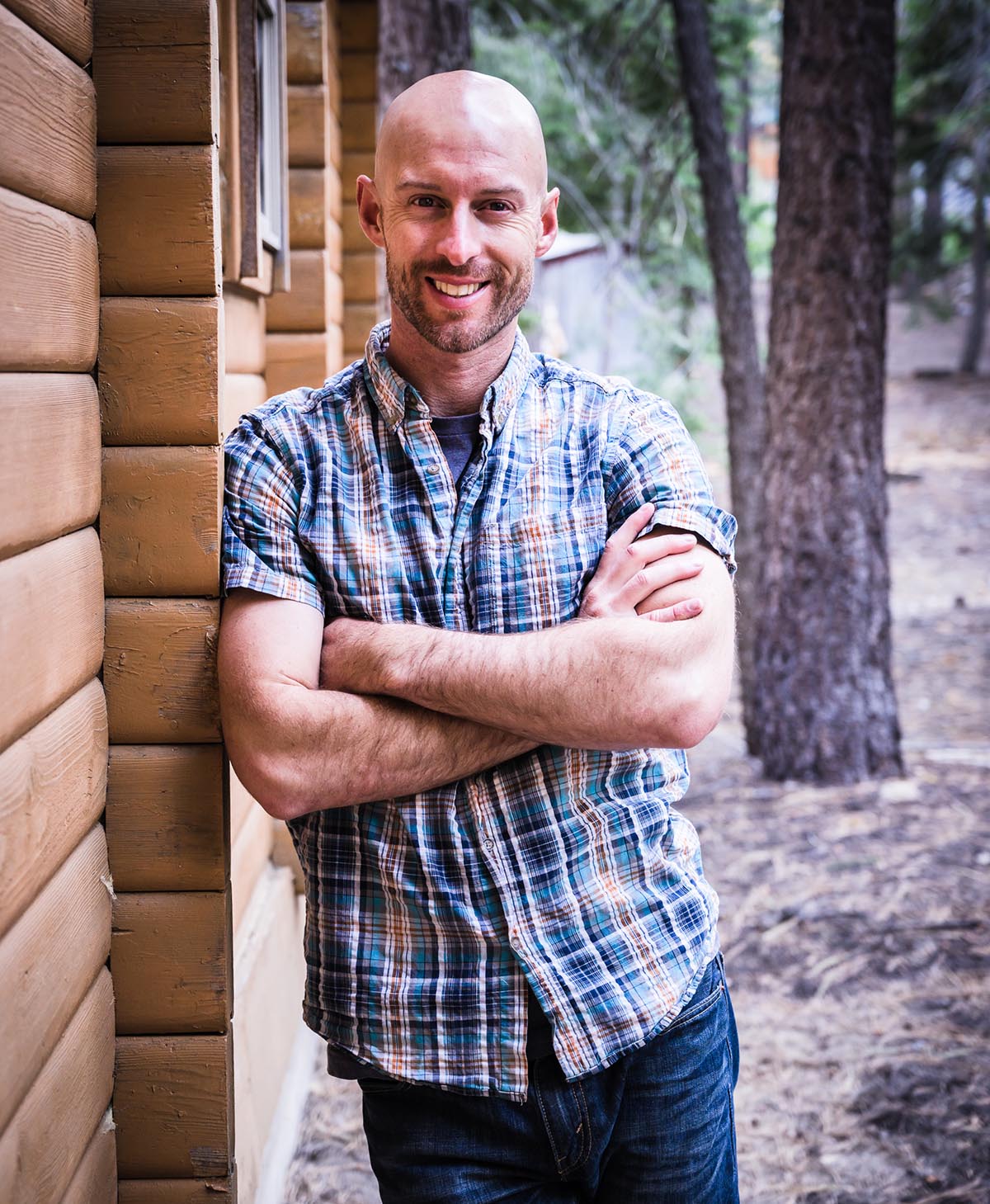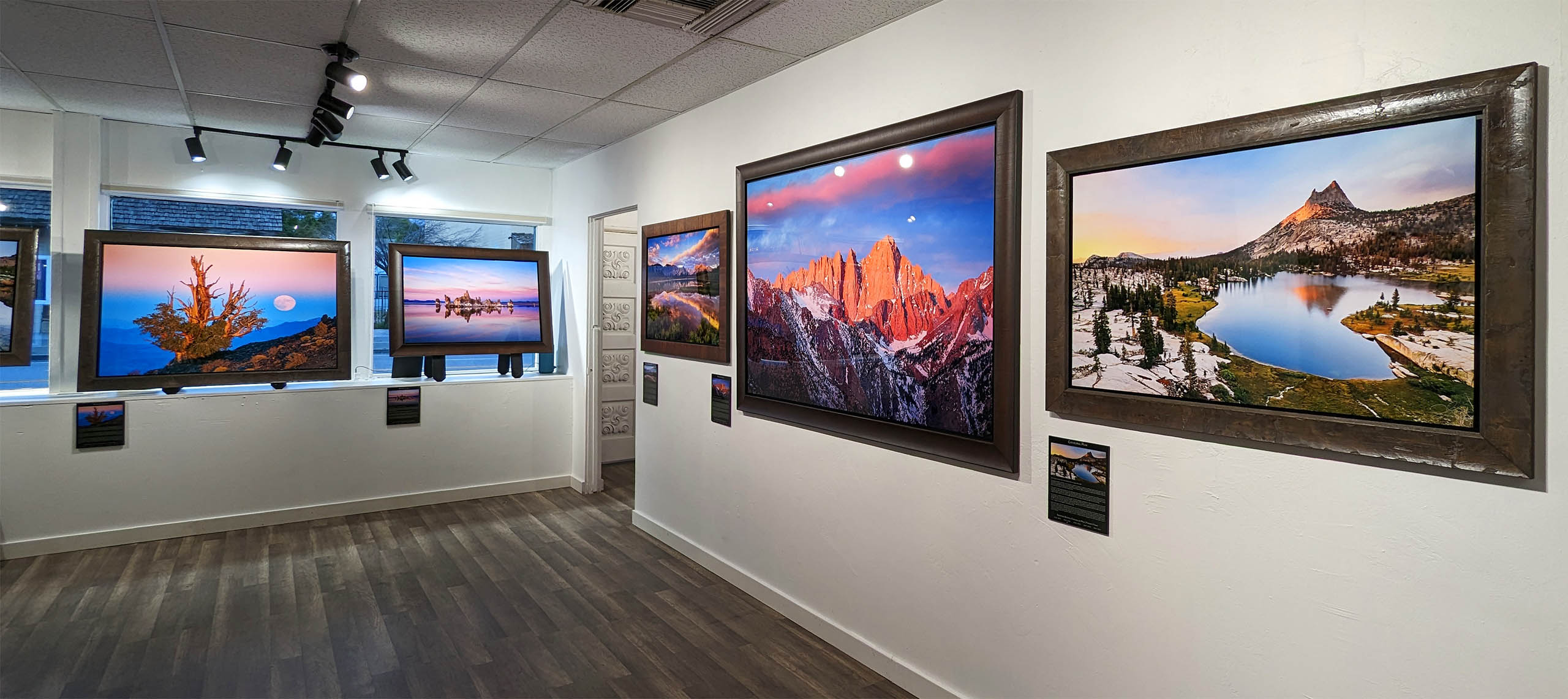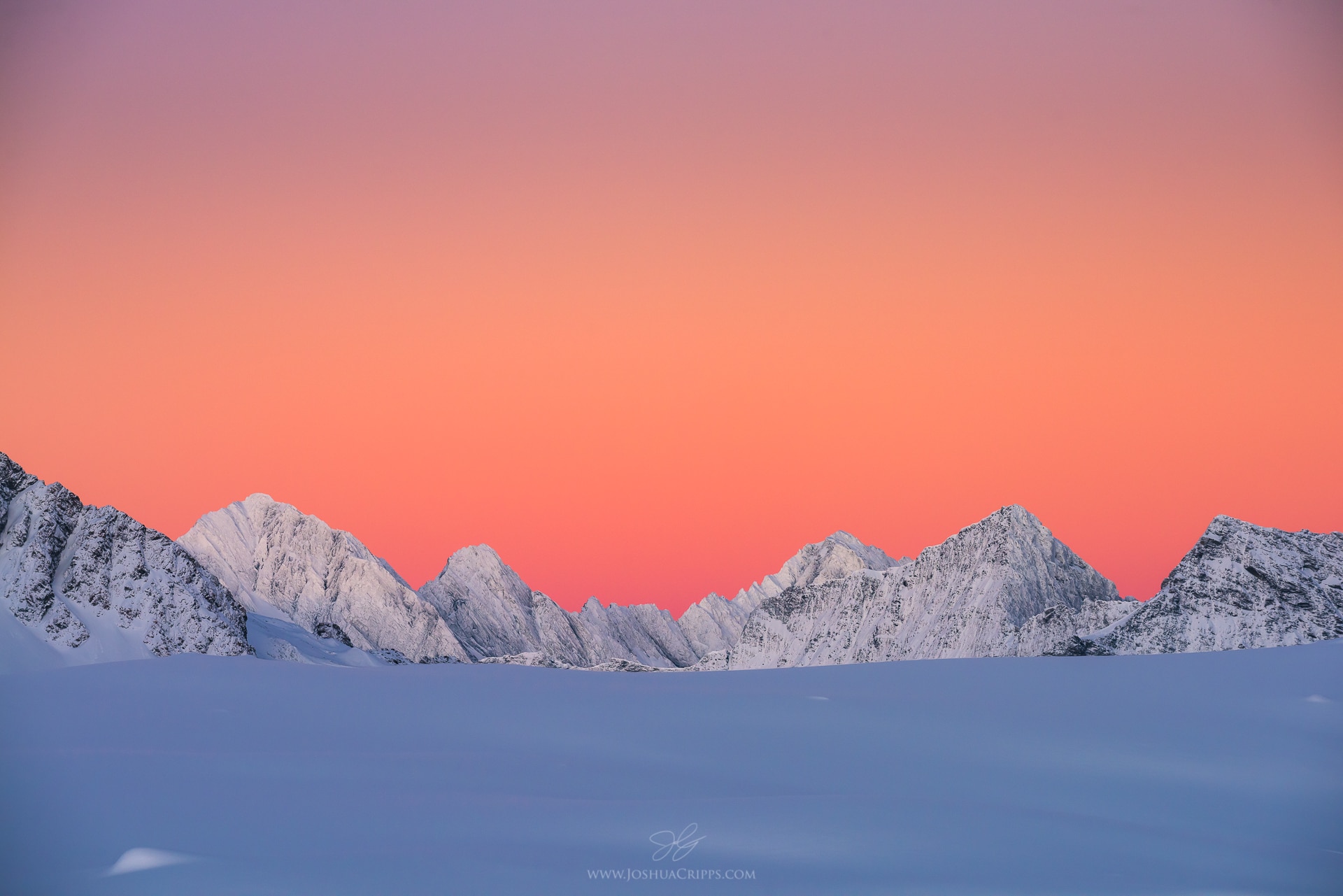
Read The Story Buy A Print The Story Behind This Photograph: Taken from the Mueller Hut in Aoraki / Mt Cook National Park on May 16, 2016. There are three things that can get you into trouble when you’re playing in the mountains. The first is overconfidence in your abilities for the terrain. The second […]
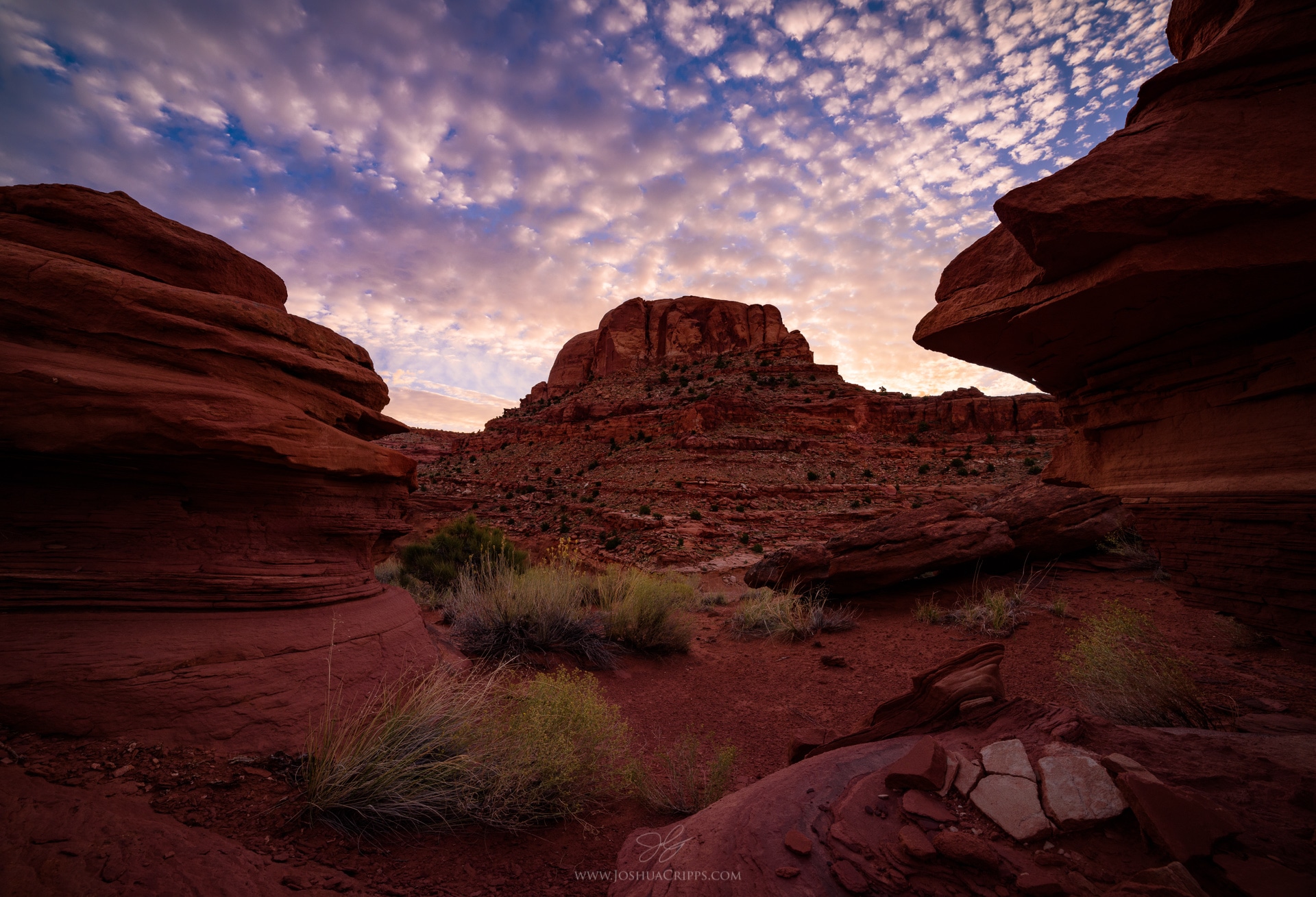
[av_heading heading=’Electric Light’ tag=’h3′ style=’blockquote classic-quote’ size=” subheading_active=” subheading_size=’15’ padding=’10’ color=” custom_font=” av-medium-font-size-title=” av-small-font-size-title=” av-mini-font-size-title=” av-medium-font-size=” av-small-font-size=” av-mini-font-size=” admin_preview_bg=”][/av_heading] [av_textblock size=” font_color=” color=” av-medium-font-size=” av-small-font-size=” av-mini-font-size=” admin_preview_bg=”] [/av_textblock] [av_two_third first min_height=” vertical_alignment=” space=” custom_margin=” margin=’0px’ padding=’0px’ border=” border_color=” radius=’0px’ background_color=” src=” background_position=’top left’ background_repeat=’no-repeat’ animation=” mobile_display=”] [av_heading tag=’h3′ padding=’10’ heading=’Behind the Scenes of this Photo’ […]
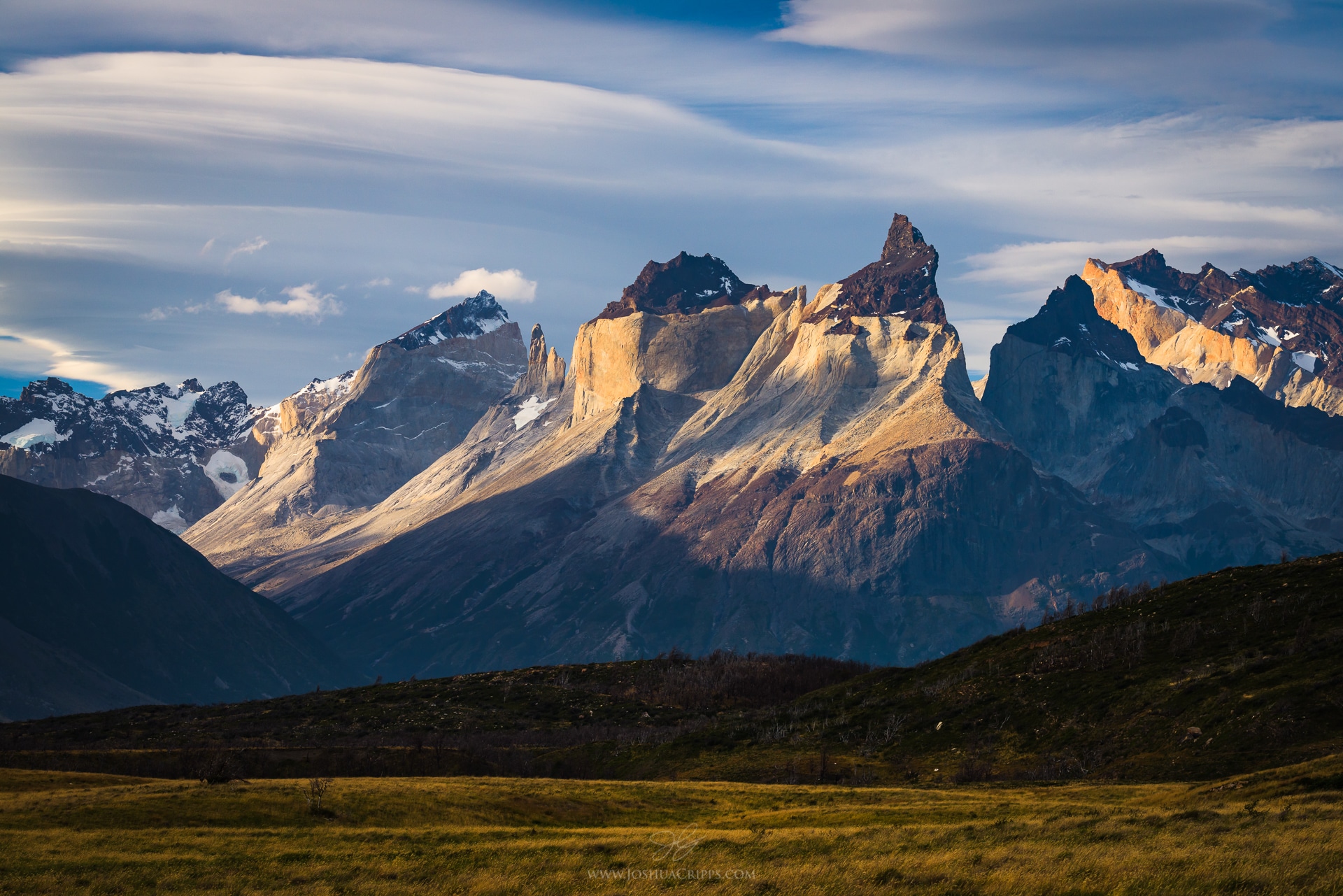
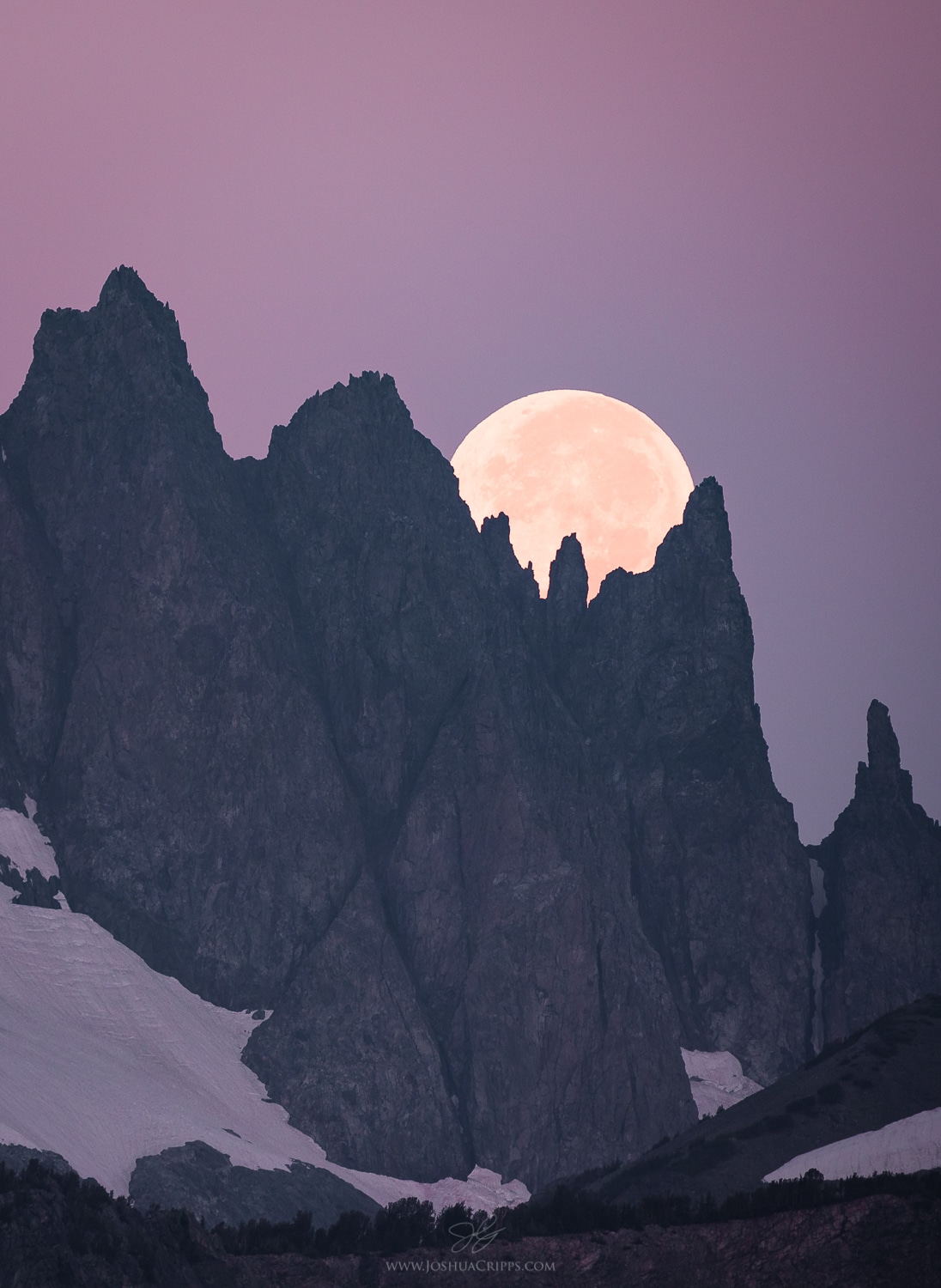
Read The Story Buy A Print The Story Behind This Photograph: Taken from somewhere along San Joaquin Ridge near the town of Mammoth Lakes, California, on September 6th, 2017 The moon moves surprisingly fast. You’ve probably noticed this a time or two yourself: the moon is sneaking up over the horizon, huge and beautiful and […]
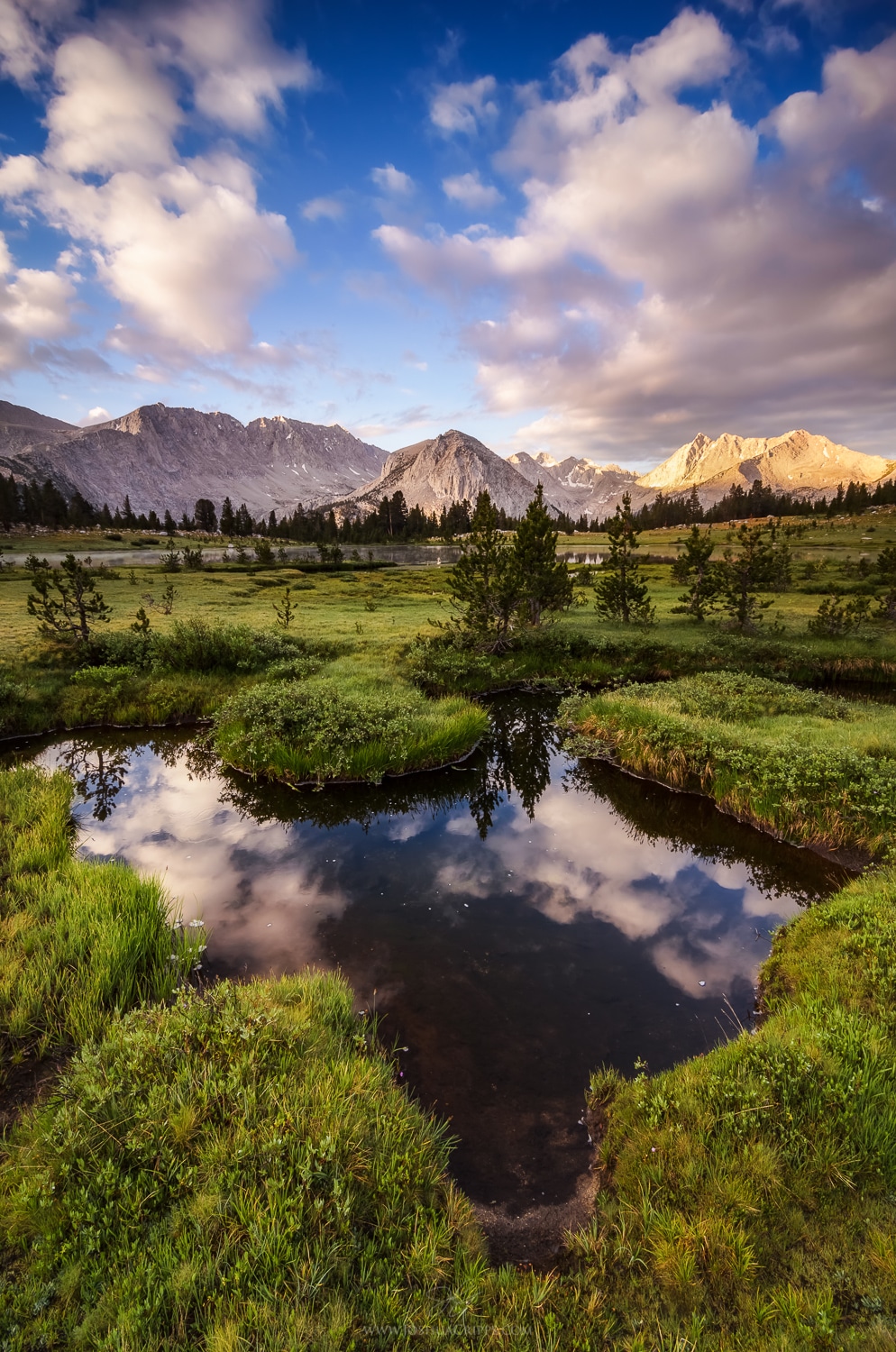
Taken in the Pioneer Basin, John Muir Wilderness, high Sierra Nevada mountains in California on July 11th, 2014 At the tail end of a 5-day backpacking trip through the John Muir Wilderness I woke up to that rarest of Sierra sights: clouds in the sky at morning. After shooting the blazingly colorful sunrise near the […]
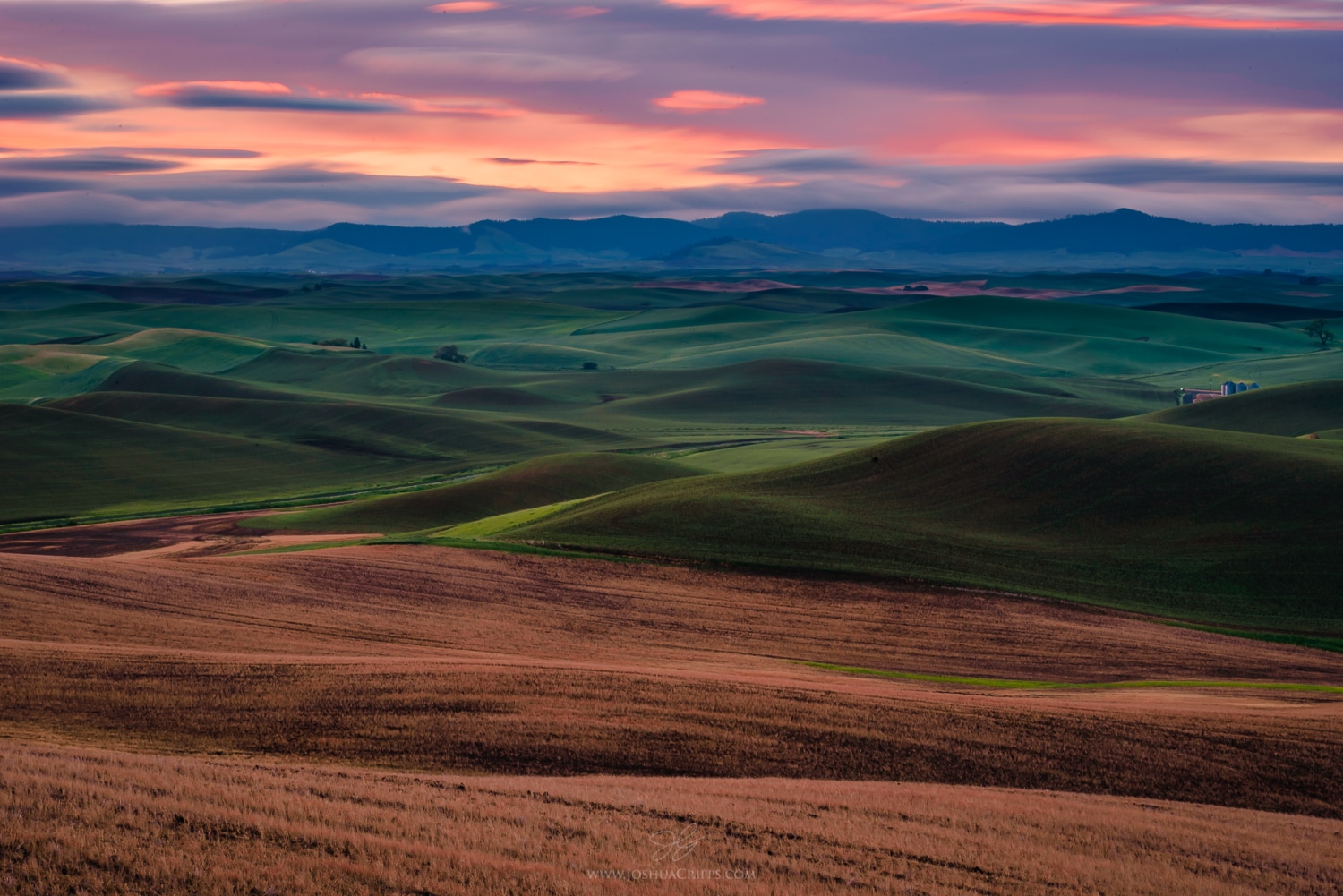
[av_heading tag=’h3′ padding=’10’ heading=’The Rolling Rainbow’ color=” style=’blockquote classic-quote’ custom_font=” size=” subheading_active=” subheading_size=’15’ custom_class=” admin_preview_bg=” av-desktop-hide=” av-medium-hide=” av-small-hide=” av-mini-hide=” av-medium-font-size-title=” av-small-font-size-title=” av-mini-font-size-title=” av-medium-font-size=” av-small-font-size=” av-mini-font-size=”][/av_heading] [av_textblock size=” font_color=” color=” admin_preview_bg=”] [/av_textblock] [av_two_third first min_height=” vertical_alignment=” space=” custom_margin=” margin=’0px’ padding=’0px’ border=” border_color=” radius=’0px’ background_color=” src=” background_position=’top left’ background_repeat=’no-repeat’ animation=” mobile_display=”] [av_heading tag=’h3′ padding=’10’ heading=’Behind the Scenes […]
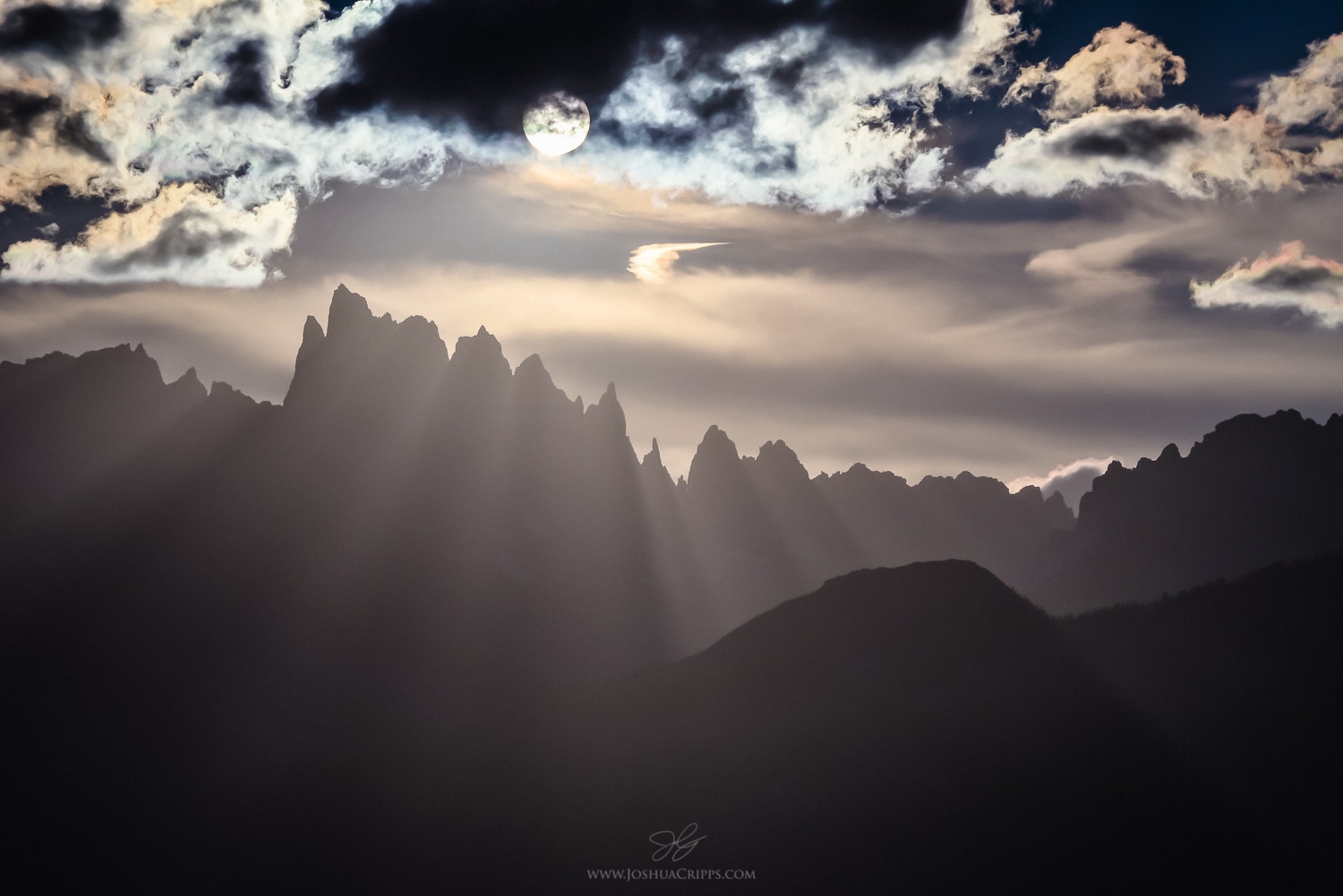
Read The Story Buy A Print The Story Behind This Photograph: Taken at Minaret Vista in Mammoth Lakes, Sierra Nevada, California on September 3rd, 2016 Buy A Print Of This Photo Comments On This Photo
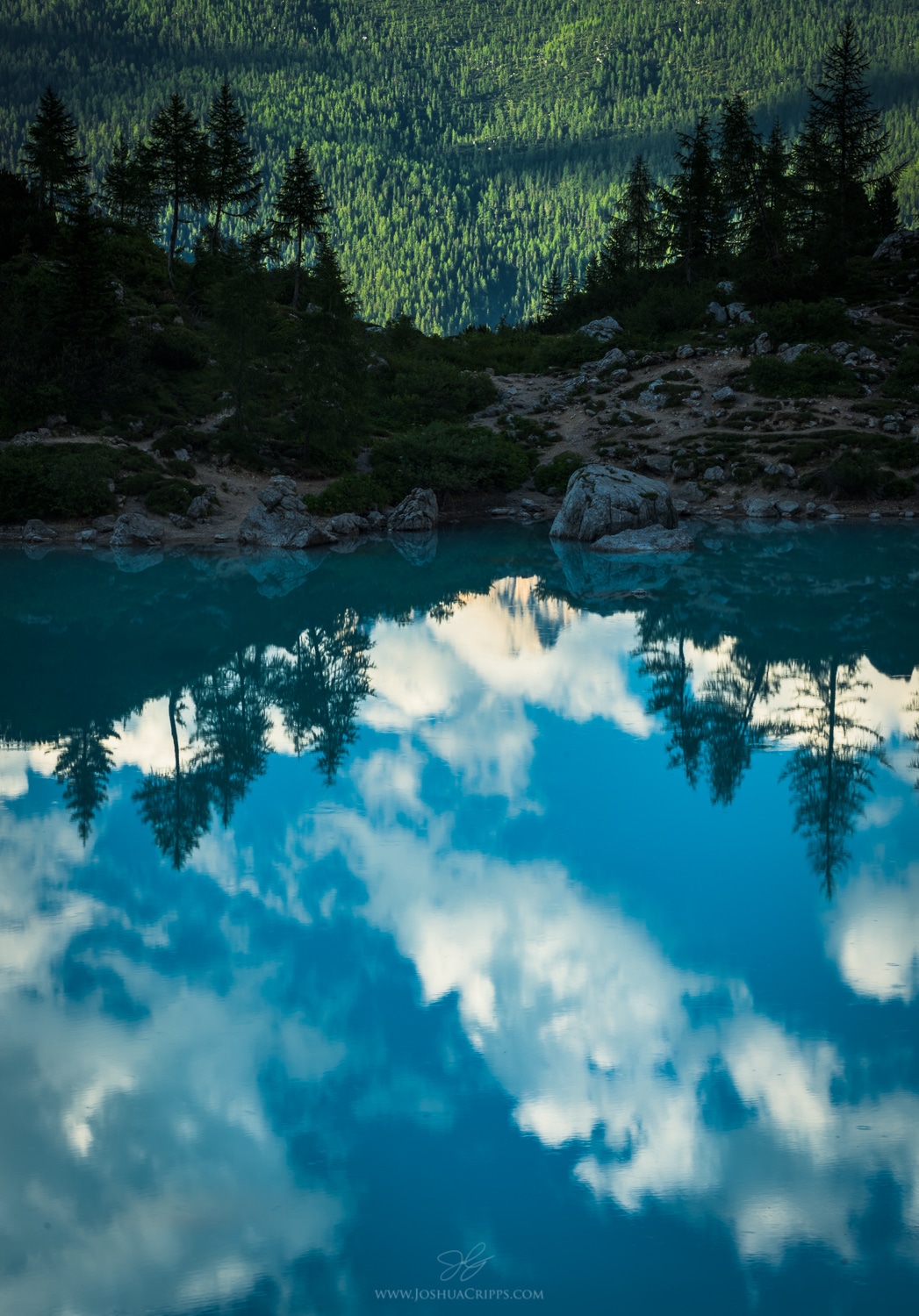
[av_heading tag=’h3′ padding=’10’ heading=’Things Are Not Always What They Seem’ color=” style=’blockquote classic-quote’ custom_font=” size=” subheading_active=” subheading_size=’15’ custom_class=” admin_preview_bg=” av-desktop-hide=” av-medium-hide=” av-small-hide=” av-mini-hide=” av-medium-font-size-title=” av-small-font-size-title=” av-mini-font-size-title=” av-medium-font-size=” av-small-font-size=” av-mini-font-size=”][/av_heading] [av_textblock size=” font_color=” color=” admin_preview_bg=”] [/av_textblock] [av_two_third first min_height=” vertical_alignment=” space=” custom_margin=” margin=’0px’ padding=’0px’ border=” border_color=” radius=’0px’ background_color=” src=” background_position=’top left’ background_repeat=’no-repeat’ animation=” mobile_display=”] [av_heading tag=’h3′ […]
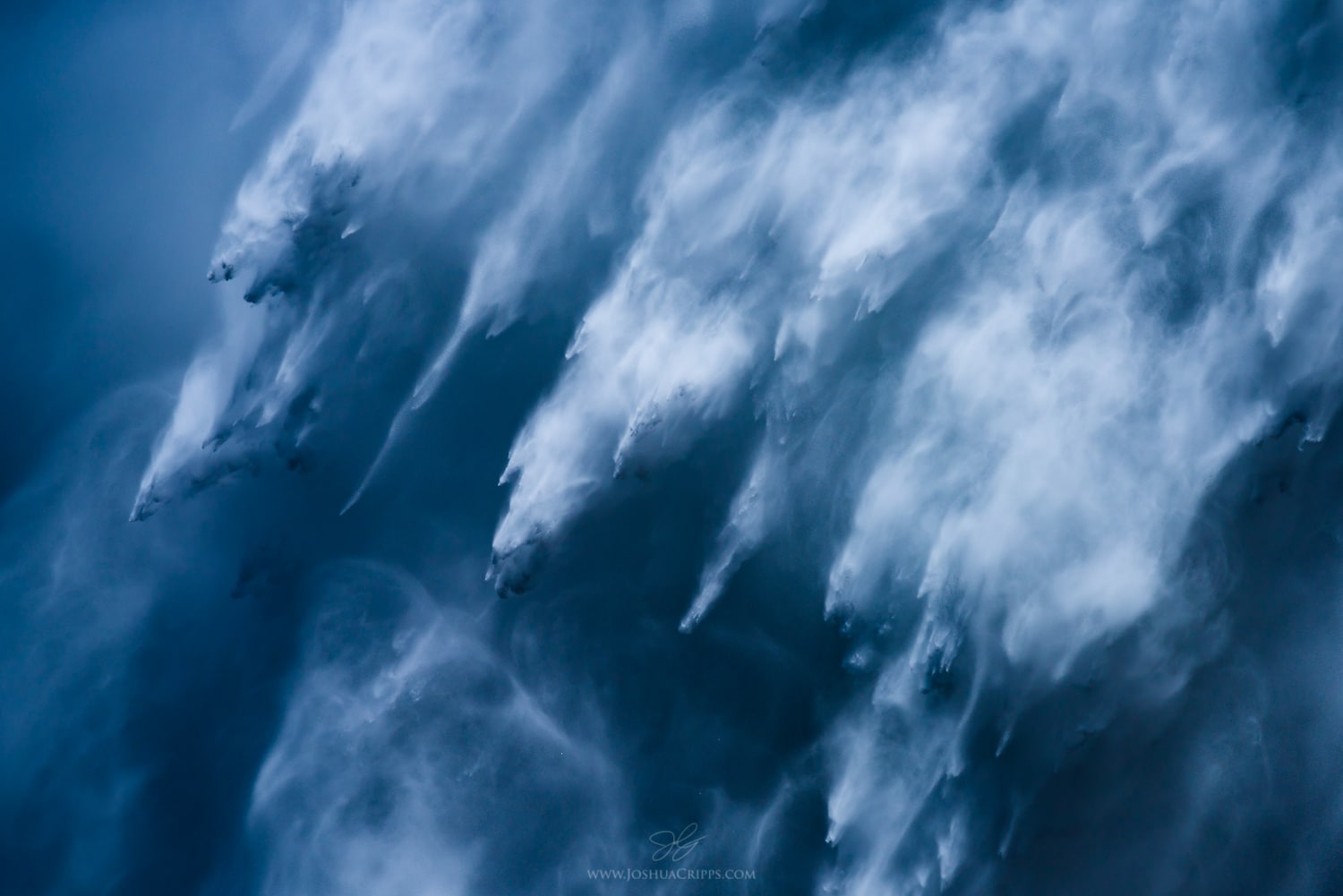
Read The Story Buy A Print The Story Behind This Photograph: Taken at Upper Yosemite Falls, Yosemite National Park on May 17th, 2017 In late May 2017 I spent a few days in Yosemite Valley and everything I’d heard about the waterfalls this year was true. There was water everywhere, the meadows were all flooded, […]
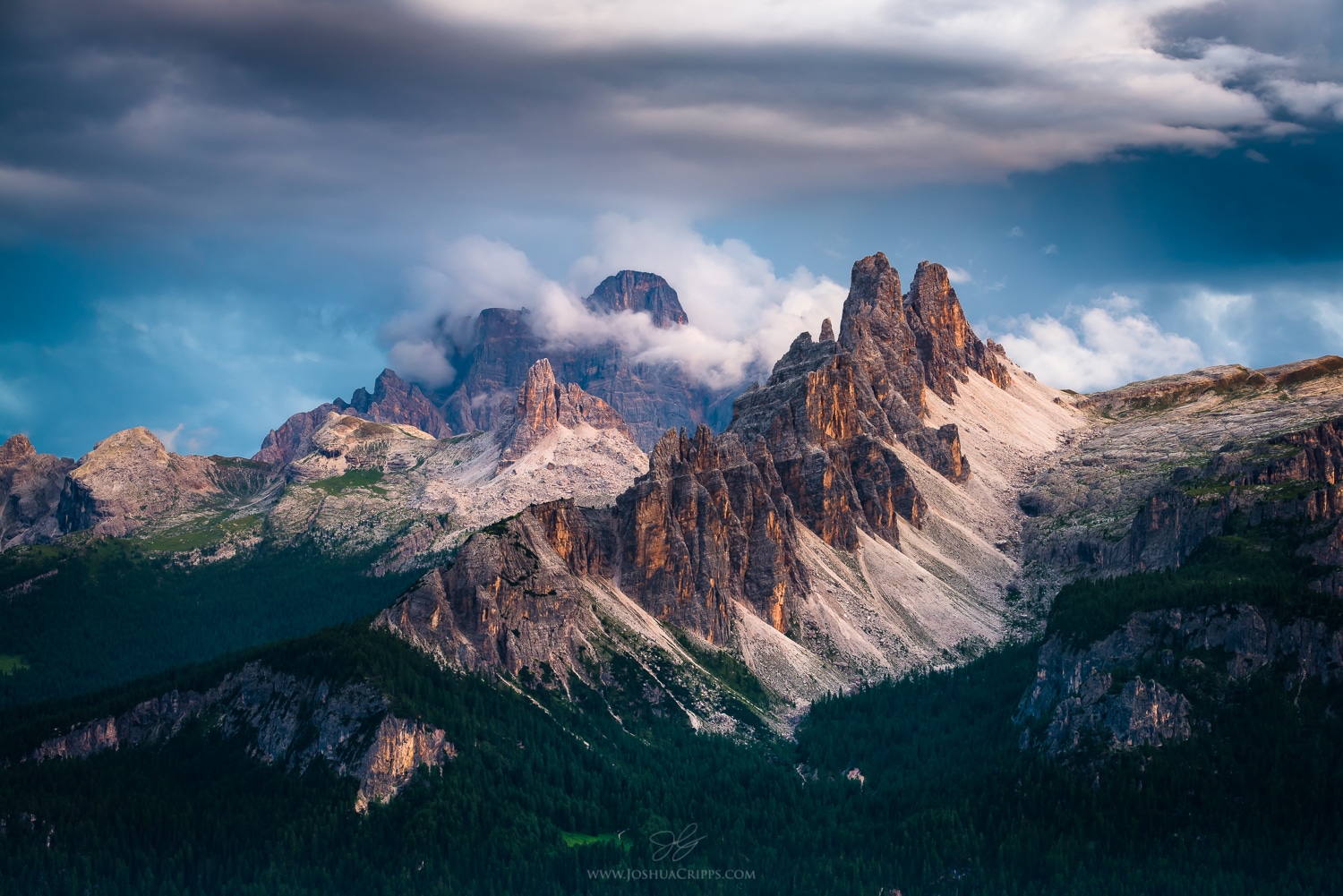
[av_heading tag=’h3′ padding=’10’ heading=’Croda da Lago’ color=” style=’blockquote classic-quote’ custom_font=” size=” subheading_active=” subheading_size=’15’ custom_class=” admin_preview_bg=” av-desktop-hide=” av-medium-hide=” av-small-hide=” av-mini-hide=” av-medium-font-size-title=” av-small-font-size-title=” av-mini-font-size-title=” av-medium-font-size=” av-small-font-size=” av-mini-font-size=”][/av_heading] [av_textblock size=” font_color=” color=” admin_preview_bg=”] [/av_textblock] [av_textblock size=” font_color=” color=” admin_preview_bg=”][/av_textblock] [av_two_third first min_height=” vertical_alignment=” space=” custom_margin=” margin=’0px’ padding=’0px’ border=” border_color=” radius=’0px’ background_color=” src=” background_position=’top left’ background_repeat=’no-repeat’ animation=” mobile_display=”] [av_heading […]
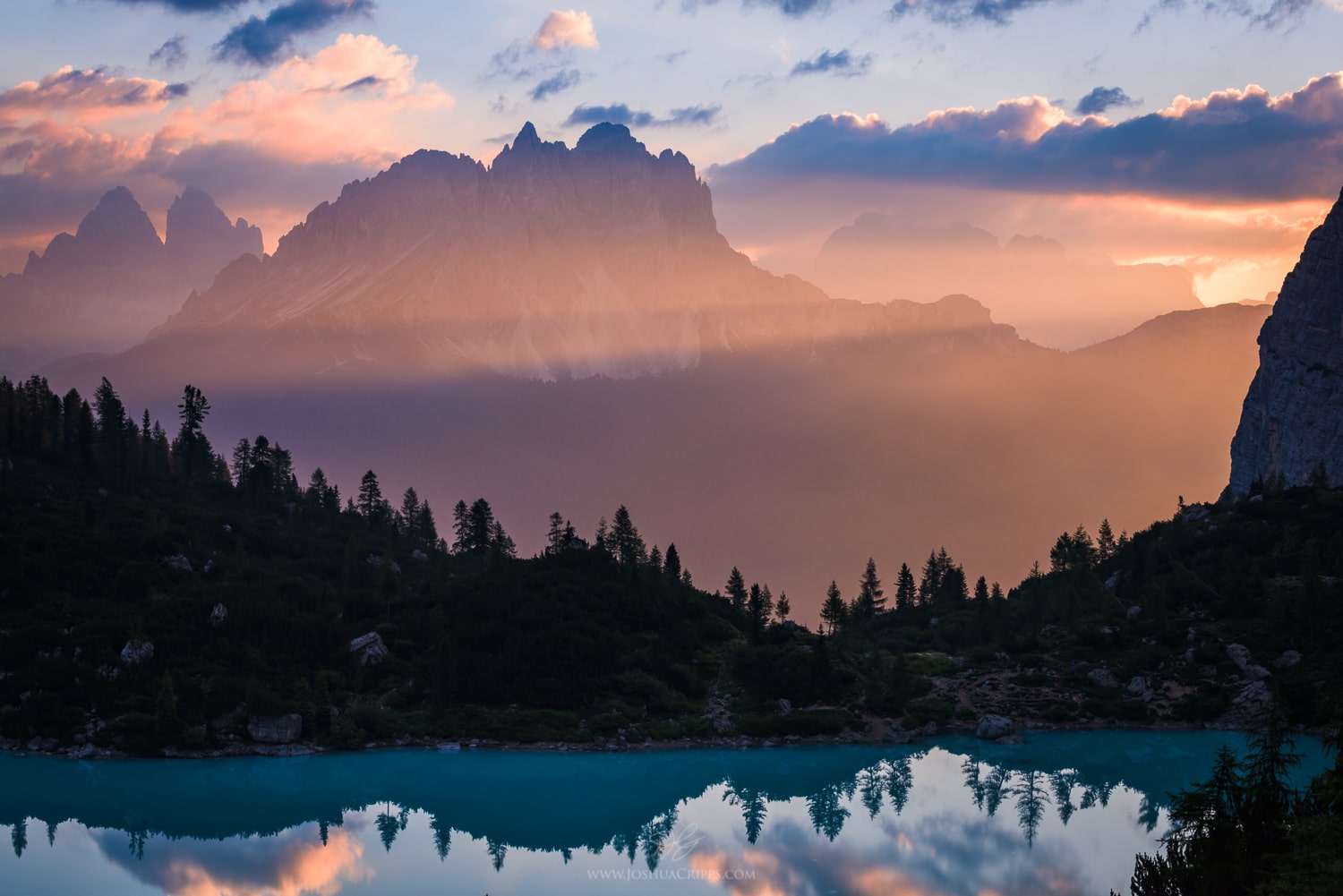
[av_heading tag=’h3′ padding=’10’ heading=’Daybreak’ color=” style=’blockquote classic-quote’ custom_font=” size=” subheading_active=” subheading_size=’15’ custom_class=” admin_preview_bg=” av-desktop-hide=” av-medium-hide=” av-small-hide=” av-mini-hide=” av-medium-font-size-title=” av-small-font-size-title=” av-mini-font-size-title=” av-medium-font-size=” av-small-font-size=” av-mini-font-size=”][/av_heading] [av_textblock size=” font_color=” color=” admin_preview_bg=”] [/av_textblock] [av_two_third first min_height=” vertical_alignment=” space=” custom_margin=” margin=’0px’ padding=’0px’ border=” border_color=” radius=’0px’ background_color=” src=” background_position=’top left’ background_repeat=’no-repeat’ animation=” mobile_display=”] [av_heading tag=’h3′ padding=’10’ heading=’Behind the Scenes of this […]
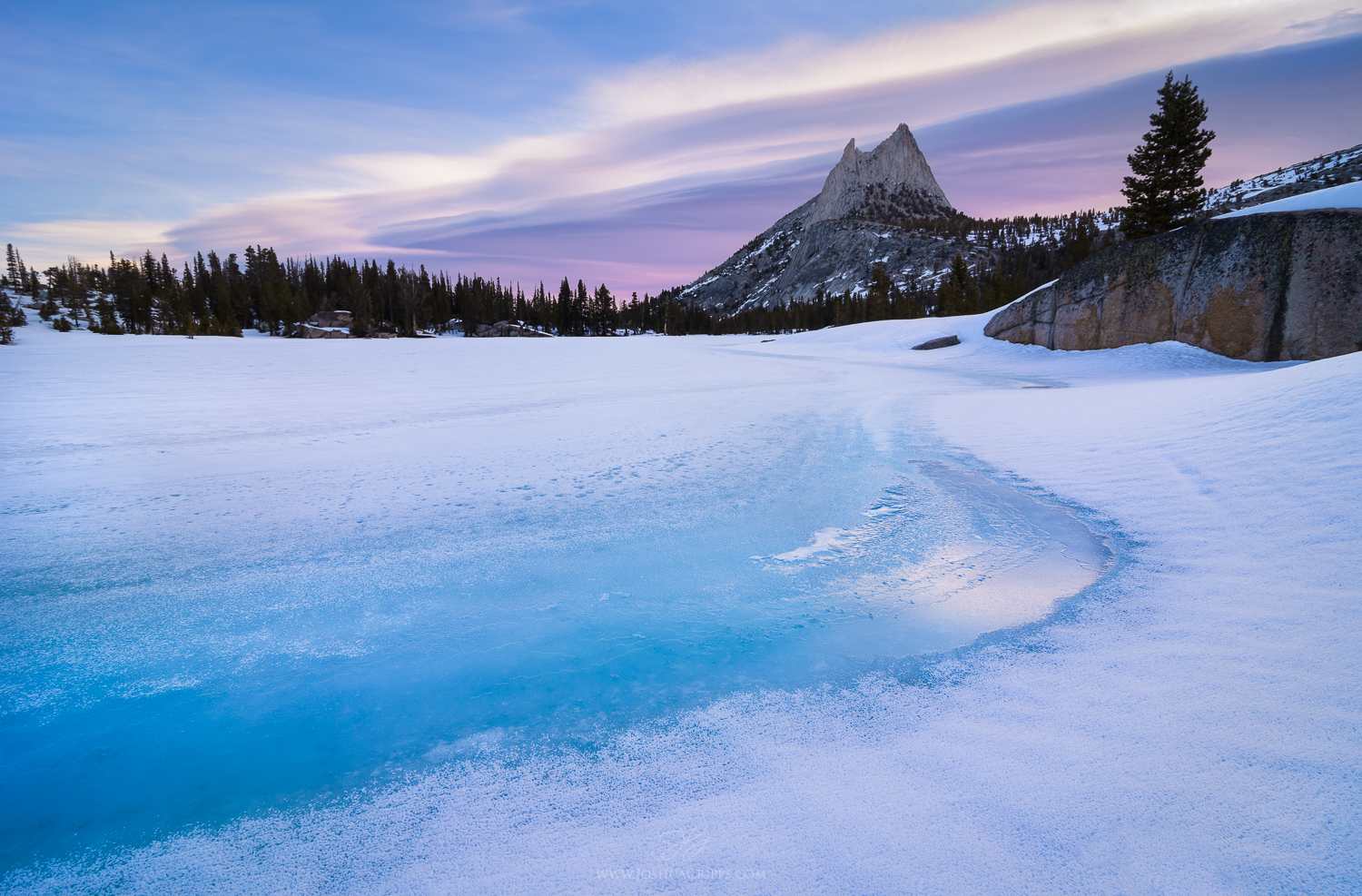
[av_heading tag=’h3′ padding=’10’ heading=’Sierra Waves’ color=” style=’blockquote classic-quote’ custom_font=” size=” subheading_active=” subheading_size=’15’ custom_class=” admin_preview_bg=” av-desktop-hide=” av-medium-hide=” av-small-hide=” av-mini-hide=” av-medium-font-size-title=” av-small-font-size-title=” av-mini-font-size-title=” av-medium-font-size=” av-small-font-size=” av-mini-font-size=”][/av_heading] [av_textblock size=” font_color=” color=” admin_preview_bg=”] [/av_textblock] [av_two_third first min_height=” vertical_alignment=” space=” custom_margin=” margin=’0px’ padding=’0px’ border=” border_color=” radius=’0px’ background_color=” src=” background_position=’top left’ background_repeat=’no-repeat’ animation=” mobile_display=”] [av_heading tag=’h3′ padding=’10’ heading=’Behind the Scenes of […]













